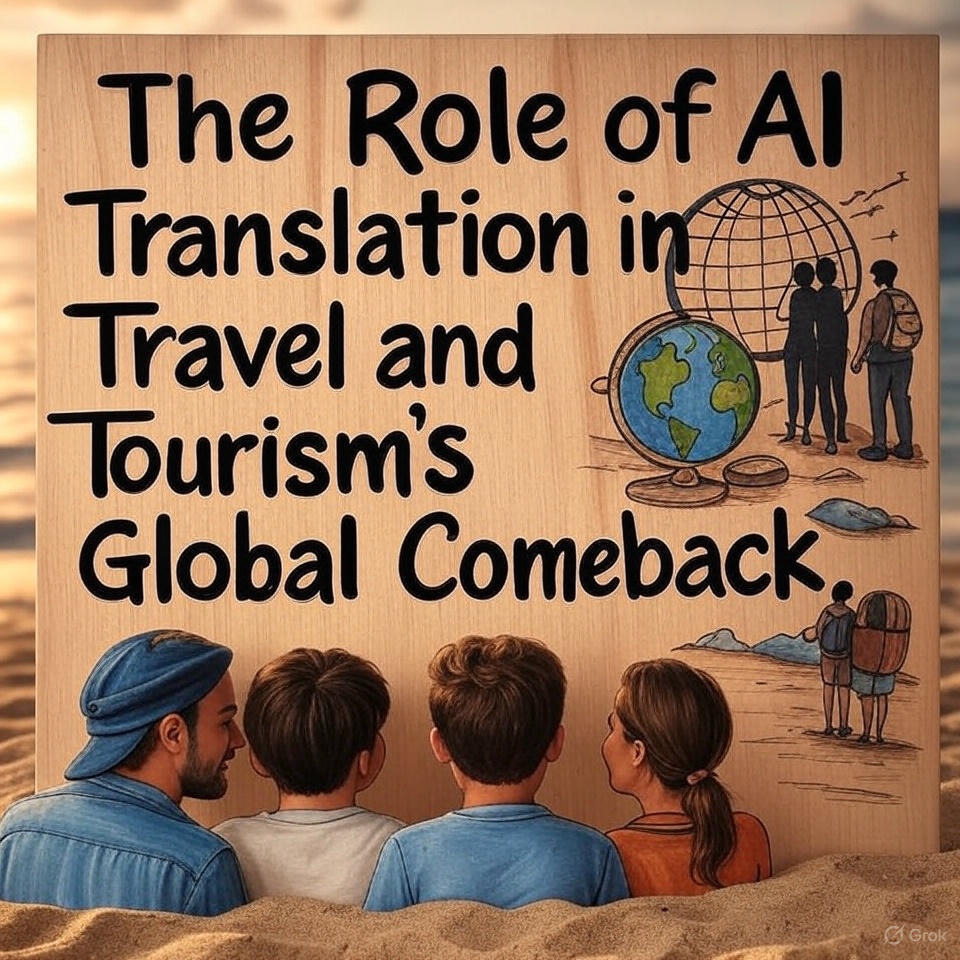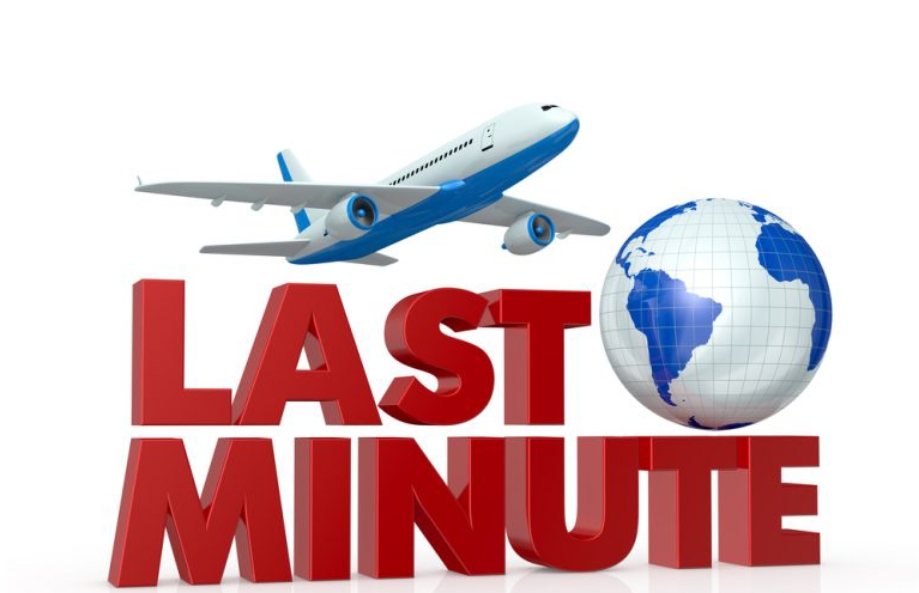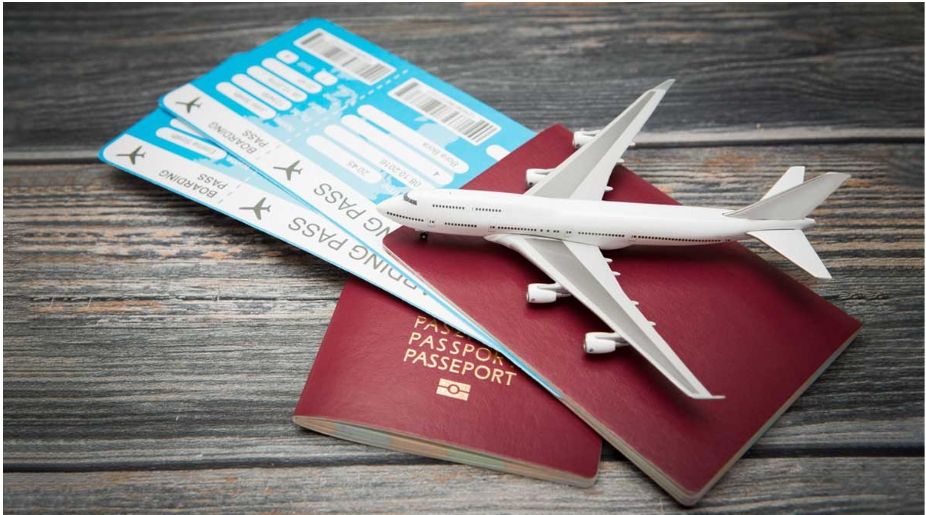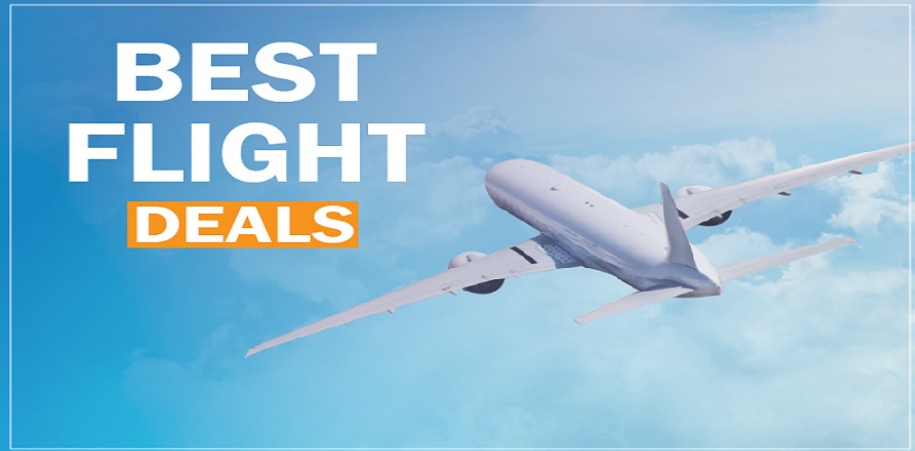As the world reopens, the travel and tourism industry is witnessing a digital resurgence. Among the technologies shaping this transformation, AI translation is emerging as one of the most powerful. Whether simplifying visa applications, translating booking platforms, or enabling real-time support, AI is helping brands connect with international travelers faster—and more accurately—than ever before.
Why Multilingual Reach Is Non-Negotiable in Travel
Tourism is expected to reach $15.5 trillion in global GDP contribution by 2033, with 2025 marking a record year of recovery and expansion. But while physical barriers are falling, language remains a persistent challenge for travelers and providers alike.
In a study by CSA Research, 76% of global consumers said they prefer to buy products in their own language—even when fluent in English. For travel brands, failing to offer localized content can mean losing the attention of nearly three-quarters of their audience.
The Case for AI Translation for Businesses
Professional translation has traditionally been a manual, time-consuming process. But in the fast-paced tourism sector—where deals, alerts, and seasonal promotions move quickly—speed is essential. Today, AI translation for businesses allows teams to localize entire websites, chat support, safety instructions, and promotional content within minutes.
As reported by Eastern Peak, AI applications in tourism are helping operators cut costs, boost personalization, and scale globally. From itinerary building to customer service bots, AI is now a foundational layer in travel infrastructure.
Speed with Accuracy: The AI Translator Advantage
The modern AI translator doesn’t just swap words. It applies context-aware natural language processing to detect tone, intent, and cultural nuances. This precision is crucial in tourism, where miscommunication can lead to booking errors, unmet expectations, or even safety issues.
As Mustafa Suleyman, co-founder of DeepMind and now CEO of Inflection AI, stated in Noble Studios’ tourism trends report:
“AI is going to be a co-pilot to every knowledge worker. It will help people do whatever they are already doing—better, faster, more accurately.”
That promise extends directly to tourism marketers and service providers seeking accurate translation at scale.
From Automation to Personalization
One of the most promising developments in AI translation is memory-based personalization. This enables platforms to “learn” from previous edits, style choices, and glossary terms, resulting in more consistent and accurate translation over time. For travel marketers, that means maintaining brand tone across multiple languages and campaigns without starting from scratch each time.
This shift toward smarter translation tools means content can now be more human-like, dynamic, and aligned with real traveler expectations, without sacrificing speed.
Aggregation and Side-by-Side Comparison
Accuracy improves when businesses can evaluate multiple AI-generated outputs instead of relying on just one. One platform gaining attention for its customizable translation workflows is MachineTranslation.com, an accurate translation service powered by AI, which supports access to over 270 languages and includes features like memory-based learning, terminology control, and AI engine comparison, making it especially effective for global travel companies handling regional and lesser-used languages.
The rise of customizable, user-first tools is a broader trend across the AI translation industry. As Maya Ronen, COO at Tomedes, explained in an interview with TechBullion, “Our focus was never just on automation—it was on user empowerment. We’ve built a platform that allows anyone to become their own accurate translator, with context-aware customization that aligns with business goals.
Making Travel More Inclusive Through Language
Many regions welcoming international tourists speak minority or indigenous languages not supported by mainstream tools. However, with newer AI platforms now offering coverage of over 270 languages, including rare dialects like Fulfulde and Betawi, these gaps are closing fast.
As highlighted by UNESCO’s International Mother Language Day, linguistic diversity is key to inclusion, cultural preservation, and sustainable development. For the tourism sector, respecting language is more than an operational concern—it’s a form of cultural diplomacy.
Real-World Application: Sustainable Tourism Campaigns
An eco-tourism operator recently ran multilingual campaigns in Swedish, Portuguese, and Japanese using a platform that allowed them to refine translations based on tone and terminology. By customizing glossary terms such as “carbon-neutral travel” and “off-grid lodging,” they achieved consistent messaging across regions while reducing translation costs by 70%.
This hybrid approach combines AI-first processes with optional human certification, becoming the standard in tourism localization. It offers a balance between speed, scalability, and the need for cultural precision.
In today’s landscape, where personalization, accuracy, and speed define customer loyalty, AI translation for businesses is no longer a novelty but a competitive necessity. Whether you are promoting rainforest lodges in Costa Rica, remote hikes in Iceland, or culinary tours in Thailand, your content must speak the language of your audience clearly and credibly. The future of tourism belongs to those who translate not just words but meaning.
As AI becomes more embedded in the travel experience, brands that prioritize accurate translation will build trust, boost engagement, and demonstrate cultural respect. Adopting smart translation tools now not only streamlines operations but positions companies to lead in a more connected, multilingual future.






